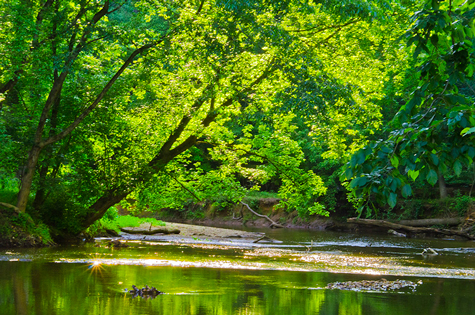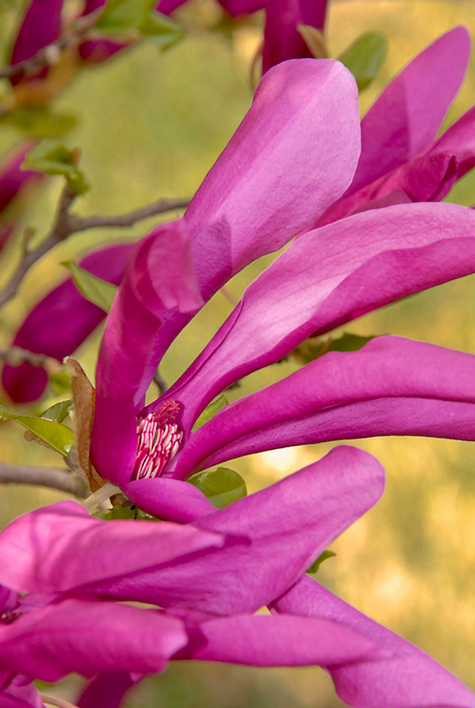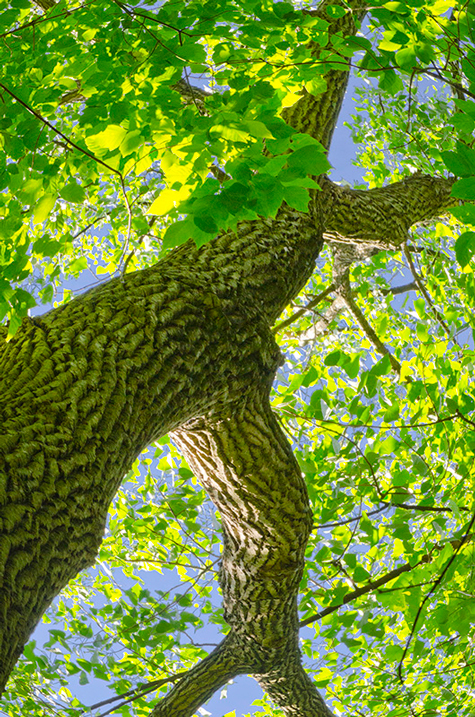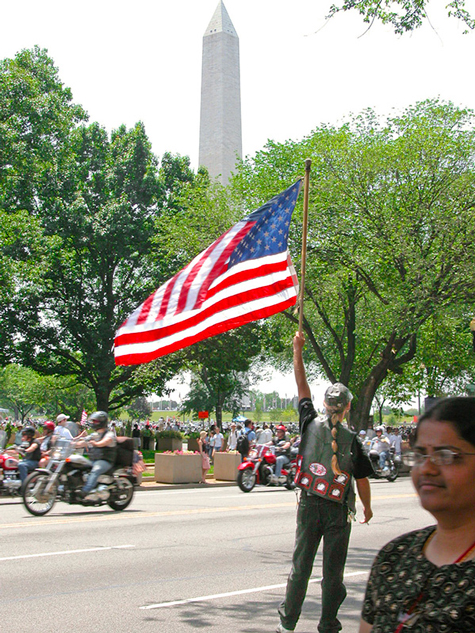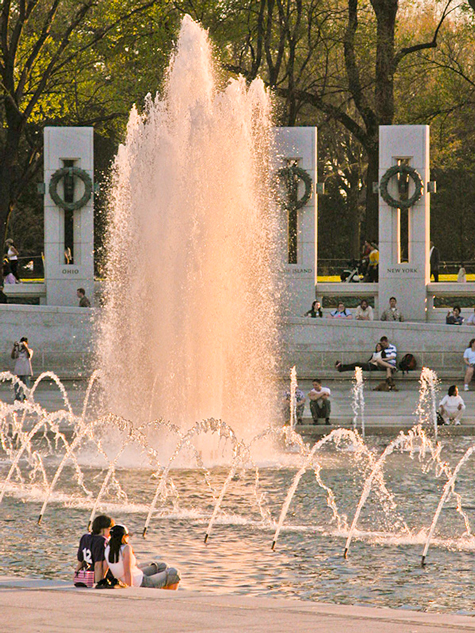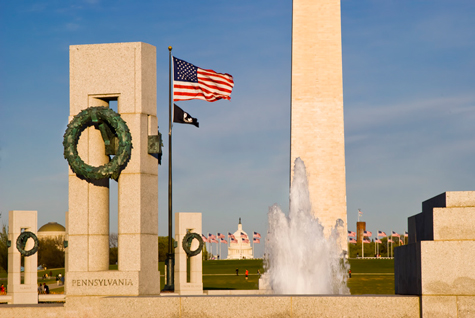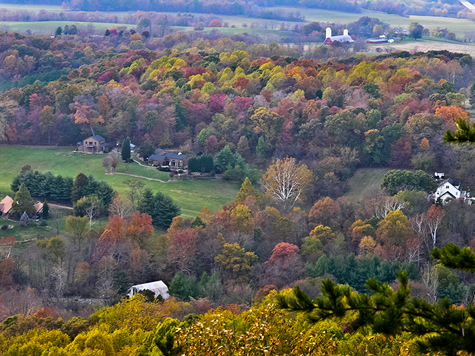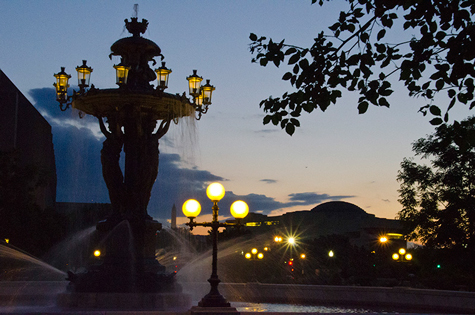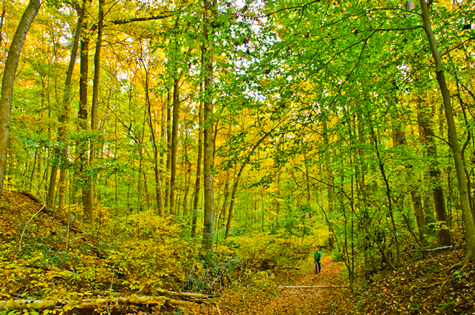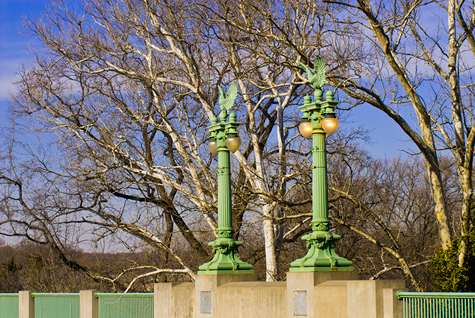
| |
People don’t ordinarily think of wild beauty when Washington, DC, my hometown, is mentioned, but I do. I moved to the nation’s capital from the White Mountains of New Hampshire more than thirty-five years ago. My husband, Jim, was starting law school in DC, and I thought the capital would be the perfect place to pursue my budding career in journalism. My journalistic ambitions, however, soon turned to the pursuits of a naturalist and nature writer when I discovered that I was living amidst a seeming wilderness of tree species from all over the world. Not only were these trees bafflingly diverse, many were witnesses to history. I learned that Washington, DC, has long been known as the “City of Trees,” a legacy that goes back to the horticultural expertise and botanical passion of the founding fathers. Trees planted by George Washington, who chose the Potomac River site for the nation’s capital, still thrived a few miles downriver at Mount Vernon, his home, and the first street-tree planting on record in Washington was designed and executed by Thomas Jefferson, America’s third president. Concerned about the widespread destruction of the city’s trees during his presidency, Jefferson was quoted as saying, “The unnecessary felling of a tree, perhaps the growth of centuries, strikes me as a crime little short of murder.”1 Tucked within the tree-lined streets and avenues designed by Pierre L’Enfant, the eighteenth-century visionary, and guarded through time by conservation-minded planners, such as Frederick Law Olmsted and his sons, are some genuinely wild places preserved as parks for residents and visitors to enjoy. Two rivers, the Anacostia and Potomac, converge in Washington, and plants native to the Piedmont and the Coastal Plain, which also converge here, spill from their scenic banks. While kayaking along Washington’s shoreline, with bald eagles and osprey soaring above, one is treated to a bounty of woody and herbaceous plants native to North and South, because, yes, the overlapping flora of those regions also converge here. I begin almost every day with a walk along Rock Creek, which flows through a national park as old and beloved as Yosemite in California. Rock Creek Park’s legendary wildness has inspired aficionados from John Quincy Adams, who heralded the stream valley as “this romantic glen,” and Teddy Roosevelt, who led hikes and rock-scrambles in the park, to the world-renowned scientist Edward O. Wilson, who as a boy studied nature in the park.2 Brilliant blue-belted kingfishers patrol the creek’s waters year-round with their low, swooping flight and chattering calls. During spring, birdsong fills Rock Creek Park’s woodlands, and pastel wildflowers dapple the stream’s banks. Summer’s bottomland tree canopy grows so densely that only the thinnest tapers of sunlight penetrate the cool, green-black darkness. In autumn, I can sit for hours mesmerized by the leaves dancing from the high, rocky ridges of the stream valley and swirling for hundreds of feet into the creek, where they begin their journey downstream toward the Potomac and the Chesapeake Bay. Winter can be the most wonderful season of all, with the park’s tall tulip trees and their golden samaras reaching toward the sun and the smooth-barked beech trees creating a soft wash of color with their wheat-colored marcescent leaves. When I came to DC during my twenties, I was disheartened by the Johnny-one-noteness of political Washington, the absence of women in places of power, and the intractable segregation apparent in almost every neighborhood. Even as I knew that Washington had a non-political pulse, I couldn’t locate it, until I discovered Rock Creek Park. And what a difference a third of a century has made! As I walk in the park, I’m greeted by faces of people from all over the world who smile and greet strangers, belying the capital’s reputation for social insularity. And when I venture out of my woodland sanctuary, human life hums everywhere on the city’s tree-lined streets. During my first days here, a much older writer with a dry wit named Helen Neal befriended me. “My dear,” she said, “I just love living in Washington, because there is absolutely nothing to do. I get so much writing done. It is the ideal workshop.” I still converse with her, even though she died when my twenty-eight-year-old daughter, Sophie, was a year old. “Helen,” I tell her, “you wouldn’t recognize the place, and I doubt you’d get as much writing done today.” While my preference is for all things botanical, and I can most often be found spending my leisure hours in Rock Creek Park, the National Arboretum, or the U.S. Botanic Garden, hiking along the nearby Potomac River at Carderock, or exploring Nature on Sugarloaf Mountain in rural Maryland, I chose to spend my most recent birthday at a Washington Nationals baseball game. Their new stadium stands next to a revitalized stretch of the Anacostia River. From the highest seats I can just make out Frederick Douglass’s historic home tucked among the red-cedars, southern magnolias, and oaks on a hillside across the river. And I love to watch the Washington Wizards basketball team play, while nibbling from a brimming bag of buttered popcorn in an arena filled with my fellow Washingtonians. After watching them struggle for many years, it’s thrilling to see them not only make, but also advance in the playoffs in 2014! Bicycling from the nearby suburb of Bethesda along the Capital Crescent Trail, I am immersed in the wild beauty of the hillside leading down to the Little Falls of the Potomac. Pedaling along the Potomac, I watch great blue herons and cormorants flap their long wings in upriver flight as I cruise into Georgetown, where the newly renovated waterfront is landscaped with fountains and native wildflowers. Lovers kiss as if they were in Paris, children play in the fountains, and a solitary figure walks slowly and mindfully along the paths of a labyrinth. Rowing teams slip silently and gracefully past Theodore Roosevelt Island and under the arches of Key Bridge. The outdoor restaurants of Georgetown are noisy with joyful diners, and, as I pedal closer to the National Mall, I witness more pieces of a utopian-looking urban jigsaw of volleyball games next to the Lincoln Memorial and softball being played near the new memorial to Martin Luther King, Jr. If only those who are disillusioned with the news coming out of Washington could see my city, which is green and growing. Young people are flocking in record numbers to live here. Many work for non-profits, and they live lightly, without cars, finding bicycles and public transportation conveyance enough. You might not know it from the “news,” but we are reaching toward an urban nirvana. Why not come and see it for yourself? You may be surprised and delighted by what the wilderness can become. Notes Copyright © 2014 Melanie Choukas-Bradley. All rights reserved.
|
|||
|
|||
